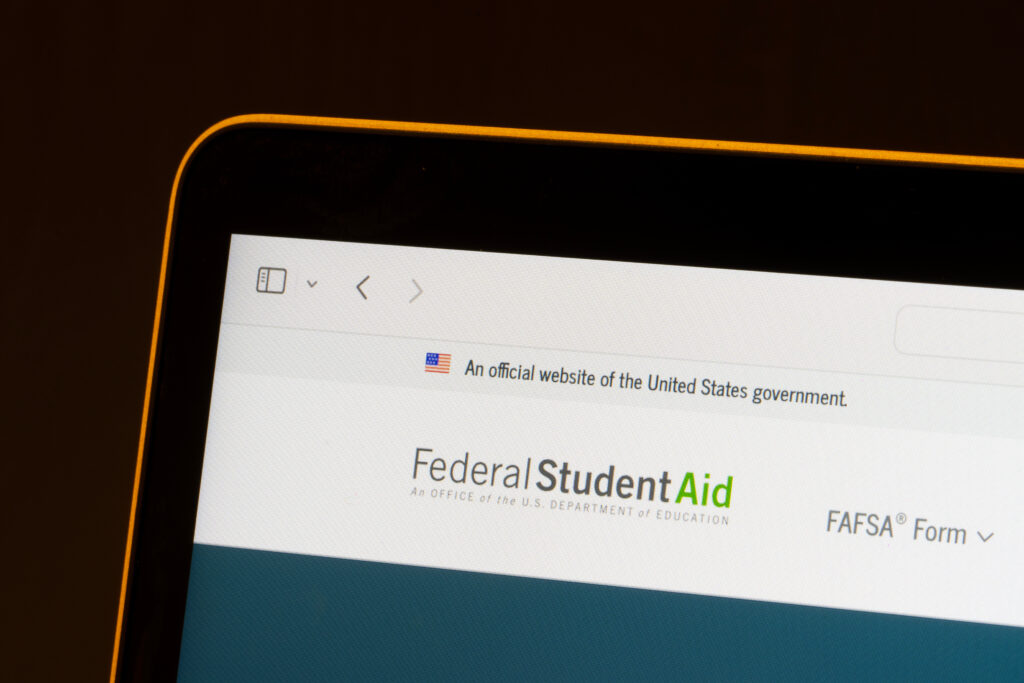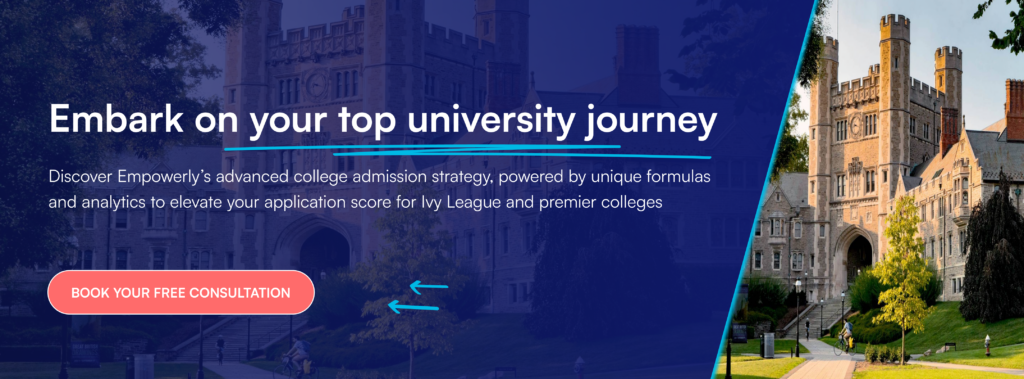Think only Ivy League schools give generous financial aid? Think again!
It’s no secret that well-established, elite institutions like Harvard and Yale offer substantial aid to low-income students. But here’s what most families don’t realize:
Some of the most generous financial aid packages in the country come from schools you may never have heard of.
In fact, according to LendingTree’s analysis of Peterson’s financial aid data, the top 50 most generous colleges are all private schools — but not all are household names. Alongside Ivy League powerhouses are liberal arts colleges, work-study-driven institutions, and regionally known universities committed to making college affordable for every student.
Let’s explore where you can find this unexpected financial aid — and how these schools make attending college more affordable than you might think.
Unexpected financial aid: what qualifies as ‘generous’?
Before diving into the list, it’s important to clarify what we mean by “generous” financial aid.
Most colleges in the US offer students a mix of:
- Grants (free money you don’t repay)
- Scholarships (merit-based or need-based)
- Loans (which you repay with interest)
- Work-study (on-campus jobs that help cover costs)
But truly generous aid goes a step further. Other than winning a prestigious “full ride” scholarship, the gold standard for affordability is colleges that meet 100% of demonstrated financial need — without requiring loans.
That means a student’s financial aid package covers the full cost of attendance (tuition, housing, meals, books, and other expenses) with grants and work-study, leaving the family with little or no out-of-pocket cost.
Believe it or not, some schools are committed to loan-free aid for all students, regardless of income level. And most surprisingly, not all of these “hidden gems” are top-ranking Ivies.
The usual suspects — and why they’re not the only ones
You probably already know that Ivy League schools like Princeton, Harvard, and Yale are known for generous aid. For example, families earning under $85,000 at Princeton pay nothing for tuition, room, or board.
If you aren’t familiar, here’s a quick video rundown of what Ivy League financial aid is and how it works:
But they’re not the only ones helping students graduate debt-free.
According to Best Colleges’ analysis of IPEDS data, many lesser-known private colleges offer equally impressive financial aid packages — often exceeding $50,000 per student per year. And that’s not just for high-achieving students from low-income families. Many of these schools provide aid across a wide range of income brackets.
Here’s where it gets interesting: generous financial aid isn’t limited to the most competitive or most famous schools. So, who is flying under the radar? Let’s look at some standout institutions offering unexpected financial aid — and the philosophy behind it.
Bucket 1: unexpected financial aid programs that skip loans
Note that while tuition is covered, these schools typically require 10-15 hours of participation in a work-study program per week. So, make sure you’re comfortable making that commitment.
Berea College (KY)
Berea’s tagline is “No Tuition. No Kidding.” This small liberal arts college covers 100% of tuition for every student, thanks to a large endowment and a mandatory student work program. On the college’s home page, they proudly declare that they are “the first integrated, co-educational college in the South, and it has not charged students tuition since 1892.” Most students also receive help with room, board, and books.
College of the Ozarks (MO)
College of the Ozarks’ mission is to provide an education to worthy students “who are without sufficient means to procure such training.” Nicknamed “Hard Work U,” this Christian college provides full tuition coverage in exchange for campus work. No student pays tuition, and most graduate without debt. It’s one of the few schools where financial aid is entirely work-based.
Amherst, Bowdoin, Pomona, and Rice
These elite liberal arts colleges rival Ivy League aid. They meet full demonstrated need, often without loans, and have simplified financial aid applications to encourage more families to apply. Visit Amherst, Bowdoin, Pomona, and Rice’s websites for the most up-to-date numbers on their respective campuses.
It’s worth looking twice. These institutions prioritize access and equity, and they’re walking the talk with real dollars.
Bucket 2: generous aid at non-Ivies and lesser-known elites
Davidson College (NC)
Davidson’s “Davidson Trust” guarantees to meet 100% of a student’s need with grants and campus employment — no loans included. This southern liberal arts college often flies under the radar, but offers financial aid policies and a “rare commitment” to affordability as robust as top-tier Ivies.
Grinnell College (IA)
Grinnell awards an average of over $60,000 per student in financial aid annually. As a matter of fact, “Grinnellians” can benefit from multiple sources. The college also offers competitive merit scholarships, making it a standout for both need- and merit-based aid.
Smith College (MA)
Smith is a famous women’s college with a long-standing commitment to affordability. To demonstrate this mission, the college meets the full needs of all students, and is also loan-free for most.
Washington and Lee, Emory, Vanderbilt
These private universities offer generous aid that rivals more selective collegiate peers. For starters, Washington and Lee is largely built on twin pillars of access and affordability. WLU continues campaigning for student programs to this day. Vanderbilt’s nationally-renowned Opportunity Vanderbilt program guarantees full-need aid with no loans. Emory’s Emory Advantage program supports middle-income families as well, as they commit to “making Emory more affordable.”
You can explore related insights in this Empowerly article on college costs beyond tuition.
Bucket 3: surprising state or regional schools with strong aid
Chipola College (FL)
While not nationally known, Chipola is a top-performing state college that offers low in-state tuition and generous scholarships for local students. Its affordability model makes it a standout for students seeking a debt-free start to higher education.
Other examples include:
- Public honors colleges with dedicated scholarship programs
- State flagship universities offering full-ride merit awards
- Community colleges with guaranteed transfer scholarships
Some of these options provide an affordable path to a bachelor’s degree when paired with a transfer plan — without sacrificing academic quality.

Why these schools offer so much aid
So, what makes these colleges so generous?
It often comes down to:
- Large endowments that fund need-based grants
- Mission-driven financial aid policies (e.g., increasing socioeconomic diversity)
- Smaller applicant pools, which allow them to offer aid more strategically
- Tuition guarantee programs that commit to locking in or covering costs across four years
According to the National Association of College and University Business Officers (NACUBO), many small colleges with strong endowments use financial aid as a tool to attract talented students regardless of income.
These schools see financial aid as an investment in a stronger community — not a handout. Their goal? Enroll a diverse, accomplished, and passionate student body, composed of diverse backgrounds and perspectives, that thrives both during and after college.
Here’s a counseling tip: if you’re a middle-income family, look for schools with transparent aid calculators and mid-range income grants. Some schools publish median income brackets for aid — and don’t be afraid to reach out to ask where you fall.
How to find these schools for yourself
Ready to expand your college list beyond the usual suspects?
Here’s how to find colleges with unexpectedly generous financial aid, ready to meet your demonstrated financial need:
- Use advanced filters in college search tools. Look for schools that “meet full need” or have a “no-loan policy.” You can filter by aid type on the College Board’s BigFuture (“no loans”), Niche.com, or Empowerly’s counseling tools.
- Run the Net Price Calculator. Every college is required to offer this tool on its website. It shows a number that’s much closer to your actual estimated costs — not the scary sticker price.
- Don’t rule out private schools. Often, private colleges offer better aid than public universities. Their large endowments and targeted aid programs make them more affordable than they appear.
- Ask about merit and transfer aid. Even if you don’t qualify for need-based aid, many colleges offer generous merit scholarships or aid for transfer students.
- Ask for help. If you find yourself getting overwhelmed while trying to finish up your FAFSA paperwork, meet all your scholarship deadlines on time, or even just find scholarships you’re eligible for in the first place — it can help to hire a professional. College admissions counselors can often provide advice and strategies on how to navigate the complex world of financial aid without the added stress of going it alone.

Final takeaway: financial fit is about more than just price tags
Families often assume that “affordable” means “public” or “in-state.” But the reality is much more nuanced. The real question isn’t how much a college costs — it’s how much your family will actually pay.
Many lesser-known colleges offer strong financial aid precisely because they want to attract students who might otherwise overlook them. And many top-tier schools are actively removing financial barriers through no-loan policies and full-need coverage.
By thinking beyond name brands, families can find the best value — not just the best prestige.
Don’t miss out on any hidden aid opportunities — book a consultation today
According to NACUBO, the average institutional grant aid per student at private colleges now exceeds $23,000 — meaning many private schools may cost less out-of-pocket than their public counterparts.
If you’re starting your college search and wondering how to afford it all, Empowerly can help. Our college counseling team knows where to find financial aid goldmines—even in the most unexpected places. Spots for personalized financial aid advising fill quickly, so book your free consultation now to maximize your college options. The earlier you start planning, the more financial aid you can unlock.
